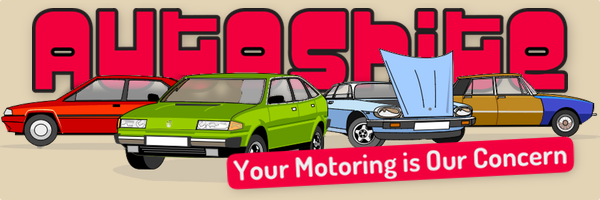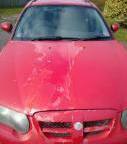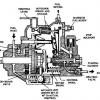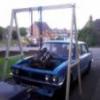MOT Changes for 2012
-
Similar Content
-
DVLA changes 1 2
By loserone,
- 32 replies
- 1,349 views
-
MOT History?
By Hendry,
- 11 replies
- 1,231 views
-
Short MOT
By Bren,
- 22 replies
- 1,572 views
-
- 214 replies
- 41,866 views
-
61 Chang Jiang. Perfect for essential journeys. 1 2
By scdan4,
- 56 replies
- 7,000 views
-







Recommended Posts
Create an account or sign in to comment
You need to be a member in order to leave a comment
Create an account
Sign up for a new account in our community. It's easy!
Register a new accountSign in
Already have an account? Sign in here.
Sign In Now